For my readers who are expert/specialist cloud engineers, if you have some good path for me to follow, please drop a comment and a reference link for me to use.
Let's begin.
In the company I am working for, we are using GCP (Google Cloud Platform).

Armed with only docker container and kubernetes basic knowledge, I wanted to explore the world of Cloud Platform or Infrastucture. In addition, I wanted to explore and gain basic knowledge on the services that GCP provides.
While exploring around Google, I found out that they offer some free learning courses and certifications.
What caught my attention in which I felt like a good starting point was Google Cloud Digital Leader certification. This will give me proof that I have covered some basic overview of the core services they offered.
Google - Cloud Digital Leader
A Cloud Digital Leader can articulate the capabilities of Google Cloud core products and services and how they benefit organizations. They can also describe common business use cases and how cloud solutions support an enterprise.An excerpt from the certification landing page.The certification is for anyone who wishes to demonstrate their knowledge of cloud computing basics and how Google Cloud products and services can be used to achieve an organization’s goals.
And for this path, they offered a free Cloud Digital Leader course that goes hand in hand with the certification.
One thing I love about the course's learning path is that it is not one long video or text to study but a series of short videos that focus on particular topics. I recommend you to try it!
Course Content
The Cloud Digital Leader Learning Path has 6 courses.
- Digital Transformation
- Exploring Data Transformation
- Innovating with Google Cloud Artificial Intelligence
- Modernize Infrastructure and Applications
- Trust and Security
- Scaling with Google Cloud Operation
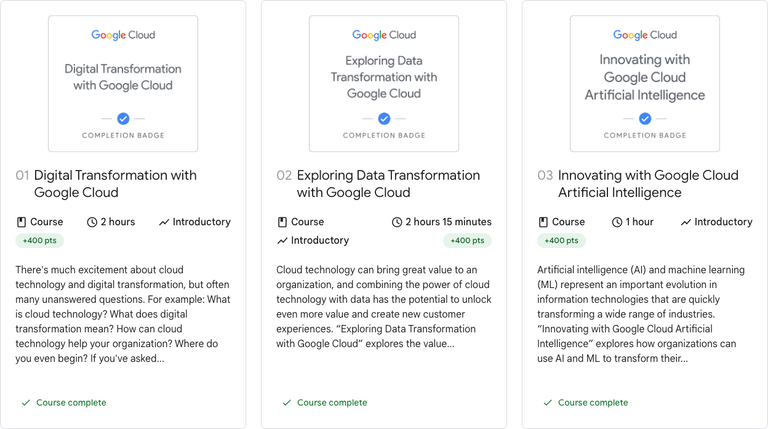
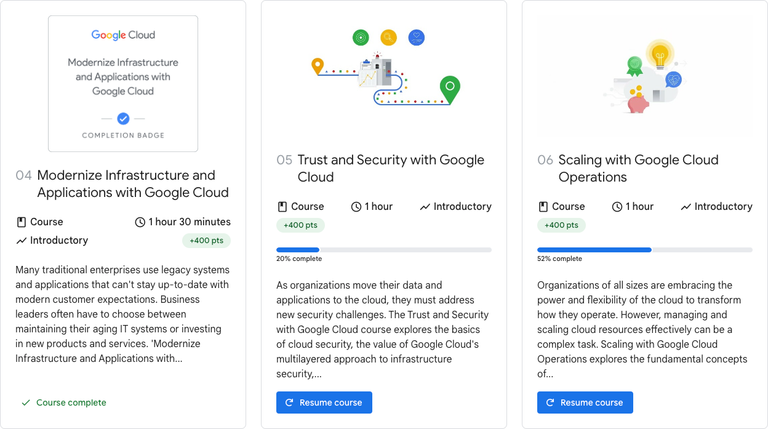
I will try to share my takeaways of what I have learned in the said course.
01 Digital Transformation
This course tackles about the following:
- Why cloud technology is transforming business
- Fundamental Cloud Concepts
- Cloud Computing Models and Shared Responsibility
One of the topic that piqued my interest was the differences between on-premise, private cloud, public cloud and multi-cloud strategies.
On-premises data centers means you procuring your hardwares, assigning personnel to maintain them, and spending on warehouse(s) to house your hardware.
This is a huge hurdle before when starting an IT company as you will need a huge Capital Expenditures. The upside for this though is that the company has the complete control, and can fully customize their data centers.
Private cloud is having a dedicated cloud system hosted from a remote provider. The company has greater flexibility and control over the system.
The remote provider have the responsibility on maintaining the physical servers.
But in my opinion, this seems costly as you still have to maintain your own staff for the cloud maintenance and pay the remote provider for the physical server usage.
Public cloud is using the cloud system together with the other public users. And in my opinion this is the main contributing factor why there are a number of start-ups being born.
It is cheap as you don't have to worry about maintaining the cloud system and the physical servers. All of this responsibility falls under the service provider.
Lastly, multi-cloud is a strategy where you use two or more cloud providers such as Google Cloud Platform and Amazon Web Service. In my opinion, this is useful for large services with huge amount of user.
You create a redundant service deployment in another cloud platform in case there is an outage.
Just to note, this course also discussed about the different cloud computing service models. Such as IaaS (Infrastructure as a service), PaaS (Platform as a Service), SaaS (Software as a service).
02 Exploring Data Transformation
Brief overview of this course:
- The Value of Data
- Cloud Data Management Solutions
- Data Usability and Accessibility
In our current era, data is synonymous to value. Especially if you know how to utilize them. It will bring you glory and profit.
So one of the key aspect here is how to transform data.
In this course, I learned about different core storage products.
Google has several core storage products which several advantages depending on your needs.
For unstructured data, there is Cloud Storage which can be used to store objects.
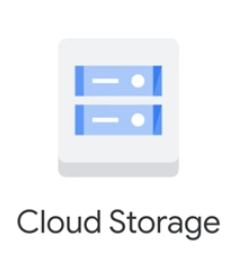
For structured data, there is Cloud SQL which offers fully managed relational databases. Another is Cloud Spanner, which is especially suited for applications that require a SQL relational database management system with joins and secondary indexes built in high availability,
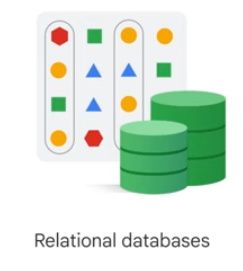
Finally, Semi-structured data which contains elements of both structured and unstructured data. To give you an example of this type of data.
Think about the email. The contents is unstructured but the "to", "cc", "bcc" and "subject" is structured.
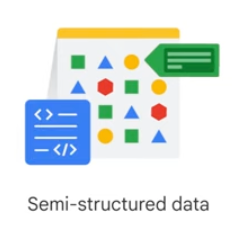
Google has two semi structured data storage products -- Firestore and Cloud Bigtable.
03 Innovating with Google Cloud Artificial Intelligence
In this course, it has two sections.
- AI and ML Fundamentals
- Google Cloud's AI and ML Solutions
Truthfully, I am kinda behind on Artificial Intelligence (AI) and Machine Learning (ML) topic. So encountering them in this course kinda uplifted my heart that there's a chance for me to learn and experiment on AI and ML.
And AI is not ML and vice versa. But majority of the people use them interchangeably. AI is a broad field which refers to the use of tech to build machines and computers that can try and mimic human intelligence.
ML on the other hand is a subset of AI that lets a machine learn without explicit programming. It uses data and the more data you feed to your ML, the more useful the model output will become.
There are various AI/ML solutions that Google has provided. But none of them piqued my interest. However, I might play around with one of AI/ML solutions and make a post about it in the future.
04 Modernize Infrastructure and Applications
Atop of this post, I mentioned about the advantages and benefits in using cloud.
So in this course, I learned about some details on how it is advantageous and beneficial for business to use Cloud.
In one of its chapters, it talks about different cloud infrastructures google provides.
They have:
- Virtual Machines - which allows resource optimization that lets multiple systems run on same hardware
- Containers - similar with VMs but more efficient. The key difference between them is that containers virtualize software layers but VMs virtualize an entire machine down to the hardware layers
- Serverless Computing - (which I thought when I first heard about this is it involves no server) have resources like compute power being automatically provisioned in the background as needed.
05 Trust and Security
Now if you as a reader and a newbie to Cloud infrastructure, you might be wondering how can you trust that what you do and own are secured and is not shared to others.
So within this course I will learned the key security terms and concepts along with Cloud security components.
They defined three essential aspects of security which are; Confidentiality, Integrity, Availability. or CIA
CIA emphasizes the importance of protecting sensitive information, ensuring data accuracy and trustworthiness and maintaining uninterrupted access to resources and services.
And with regards to trust, Google shares how they design and build their data centers, the different steps of security levels, encrypting users data, and many more.
It highlights the importance of using two-step verification and Cloud Identity and Access Management or IAM which tackles on how you can give different levels of permission on different levels or combination.
06 Scaling with Google Cloud Operation
Scaling - one of the huge benefits with Cloud over On-Premise resources.
When you use Cloud, you can easily scale and descale depending on the resource needs.
One such sample of resource is user access.
When your service has a sudden increase in user access, you can easily deploy new resource like containers or VMs. If it was on-premise resources, you will have to do procurement of hardwares which might take up weeks or months to be completed.
But how about the cost? When using cloud, depending on the service model, there's an option on which you may only pay what you use.
You can also control your cloud consumption and setting up resource allocation monitoring so that you can get a heads up in terms of budgeting operating expense.
Certification
After taking the Cloud Digital Learning path, I felt confident enough in taking on the certification exam to validate what I have learned.
Although I can not talk about what questions were given in the exam, I felt that it was equally distributed among the courses that I took from the learning path.
Finally, I can proudly say I passed and received my certification for Google Cloud Digital Leader.
You may view the certificate here.
what's next?
You can stay tuned on what certification I will challenge next.
But I do hope I can do the same certification equivalent from Microsoft and Amazon.
Then I can do a comparison matrix of the different cloud services between the three giant companies.
All photos in this post are taken from the training unless stated otherwise.
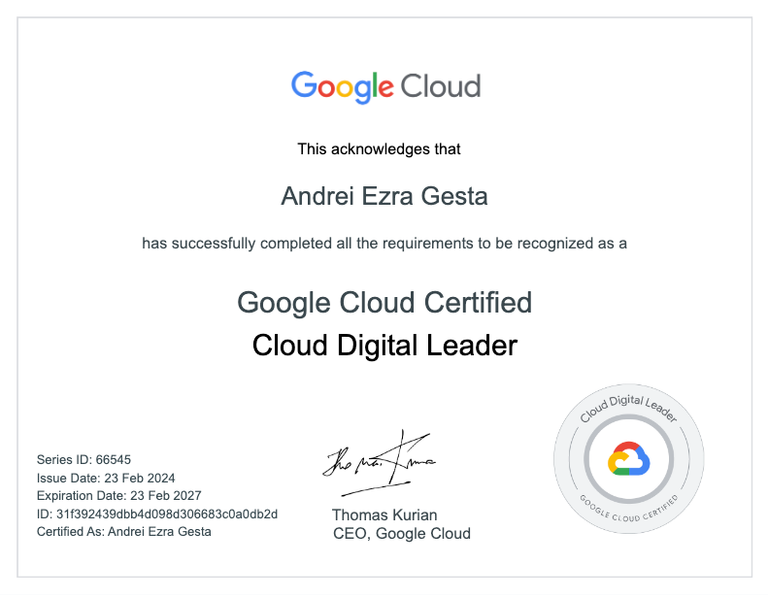
Congratulations @sylver.reine! You have completed the following achievement on the Hive blockchain And have been rewarded with New badge(s)
Your next target is to reach 400 upvotes.
Your next target is to reach 50 replies.
You can view your badges on your board and compare yourself to others in the Ranking
If you no longer want to receive notifications, reply to this comment with the word
STOP!discovery 20
This post was shared and voted inside the discord by the curators team of discovery-it
Join our Community and follow our Curation Trail
Discovery-it is also a Witness, vote for us here
Delegate to us for passive income. Check our 80% fee-back Program
how long will the learning process take? more than a week? i’m thinking of browsing through the videos offered in the free courses when i have free time but i don’t want to start something that will take me a lot of time to finish 😅
also was the exam easy?
If you have some background or experience on some of their tools, taking the whole learning path would be fairly quick I presume.
But for someone who wants to dive into GCP, the learning path has the estimated time. In addition, although not necessary, you can try to explore the GCP to get a good grasp on their core services.
Trying to match the course learnings with the actual service. This will take several days, more than a week.
I had some familiarity with some of the core services which helped me focus on my weak parts of the learning course.
This translated to a bit of confidence in taking the exam which made it look easy.
But the passing rate is higher which I estimated that if I fail on my weak points, would make me fail the exam.